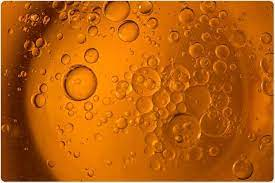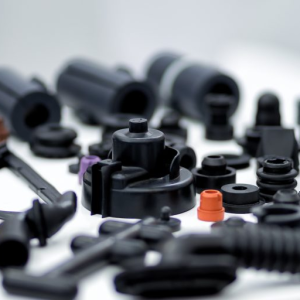
Is An Ultrasonic Cleaner Right For You?
With so many applications, from domestic through to large scale industrial, ultrasonic cleaners are a fantastic choice for many people.
Varied Applications
Ultrasonic cleaners are typically used in situations where a thorough clean is required, making them ideal for situations where hygiene is critical, such as pharmaceutical, scientific, and medical settings. The technology is also ideal for use around the home, with ultrasonic cleaners delivering practical means of cleaning jewellery and spectacles, in addition to car and bike components. Discover more about the benefits of ultrasonic cleaners for home use here:
For some industrial applications, such as cleaning Anilux rollers and other parts, opting for cutting edge Anilox cleaning equipment may be the best choice. For more information about such equipment, it makes sense to explore a specialist site such as www.caresonic.com.
A Versatile Tool
By using ultrasonic sound waves to create vibrations that agitate micro bubbles in the cleaning fluid, ultrasonic cleaners are able to effectively remove even the most ingrained dirt and contaminants, including grease, oil, dust, polish, and fingerprints. The cleaning process (also known as cavitation) is suitable for a wide variety of materials, such as metal, glass, ceramics, and many types of hard plastic.
Operating with frequencies of 20 to 400 kHz, an ultrasonic cleaner can successfully wash away embedded dirt with a simple water or water-based fluid bath, making it a very gentle way to clean, too. Provided that the item may be safely submerged in water, is not absorbent, and can be dried thoroughly, it is likely to be an ideal candidate for the ultrasonic cleaning process. This means that even electrical parts may be safely cleaned in this way, although care must be taken during the drying stage.
An ultrasonic cleaner can also remove dirt far more quickly than other techniques. Rather than having to scrub a surface with abrasives, simply submerging in the fluid and allowing the ultrasonic cleaner’s cavitation process to do the work will achieve unbeatable results. This means that whatever your application, choosing an ultrasonic cleaner is likely to be the right choice.




Average Rating